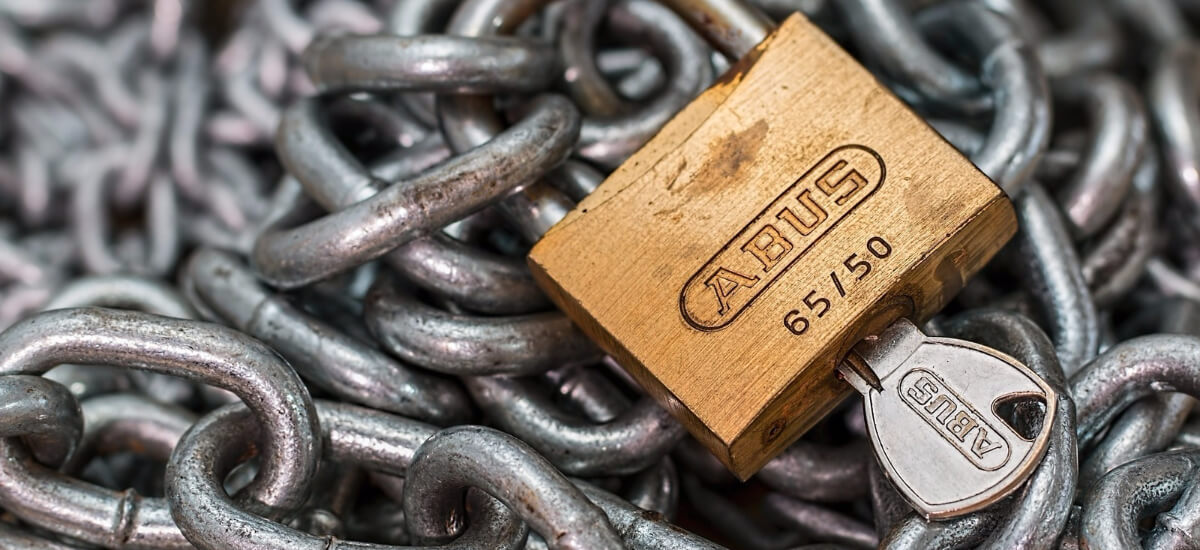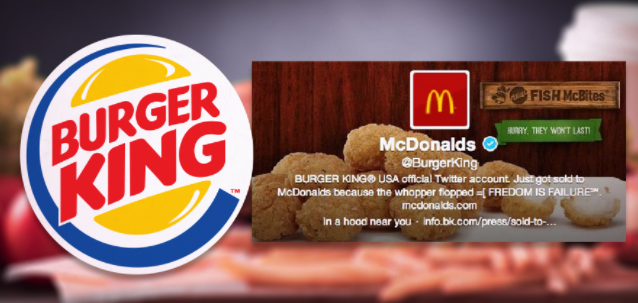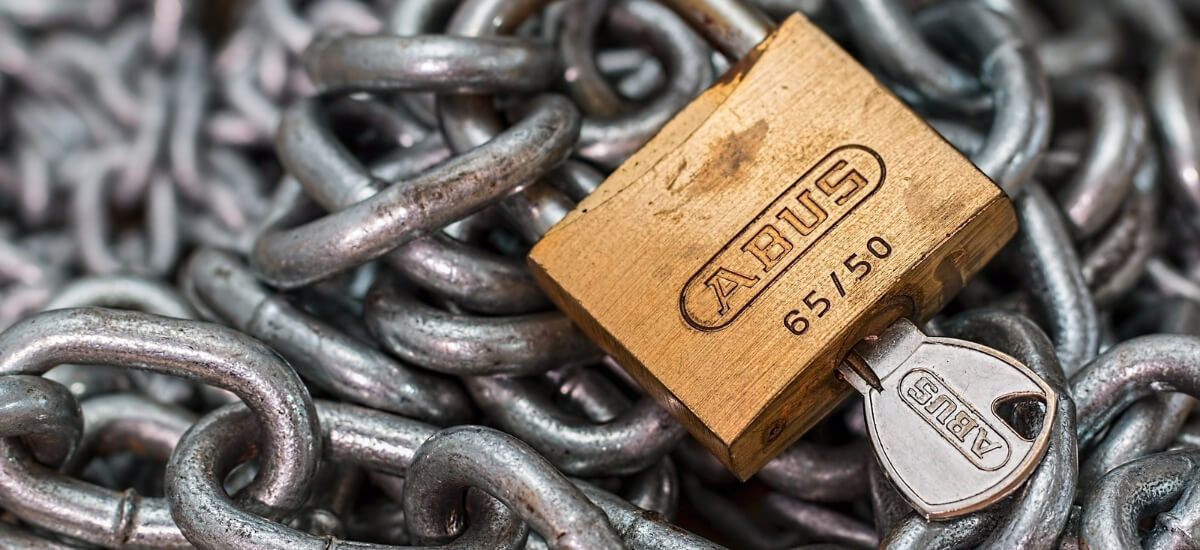Author: Jylian Russell / Source: Hootsuite Social Media Management Scams on social media skyrocketed by 150 percent across Facebook, Twit

Scams on social media skyrocketed by 150 percent across Facebook, Twitter, Instagram, and LinkedIn in 2016. And the number is likely to continue climbing as more cyber crooks see social as a fruitful target.
So, what are businesses to do? Pull away from social altogether? Well, no.
For most brands today, social media is critical to their marketing and customer service success. To pull away would mean risking important stakeholder engagement and market opportunity.
Instead, brands must ensure they’re educated about the risks and take steps to protect themselves.
In this post we’ll look at five of the most common social media security risks and offer tips on how to protect your organization from them.
5 social media security risks to business
1. Human error
From accidental tweets, to unknowing clicks on phishing links, human error is one of the most common social media security threats to brands today.
Back in 2014, a US Airways employee accidentally posted an X-rated image to the company’s Twitter feed. Dubbed ‘the worst tweet of all time’, the error brought on days of tough press coverage. While the company ultimately made it out unscathed, the situation highlighted just how quickly things can go wrong due to human error on social media.
2. Not paying attention on social media
Related to human error, not paying attention to your social media accounts can have serious consequences. Leaving your account unmonitored, for example, puts it at risk of being infected by a malicious virus that could spread to your followers.
Worse still, if that virus sends spammy messages from your account you could run the risk of losing followers who no longer see you as trustworthy.
3. Malicious apps and attacks
The internet is rife with malicious software—ranging from malware and spyware to adware and the evil ransomware variety (of which there were over 4,000 attacks every day in 2016).
One of the most sophisticated attacks to go down on social media in recent memory was that of the Locky app. Initially spread through email attachments, Locky directly targeted social networks through the circulation of corrupt jpegs (those sneaky Locky hackers found a way to embed malicious code into an image file).
When an unknowing user clicked and opened the image, Locky would immediately put a lock-down on all their computer files. A nasty little note would soon follow demanding the user make a payment (via the anonymous Tor network) in exchange for a key to unlock the user’s files.
4. Phishing scams
Like malicious apps, phishing scams use social media to trick people into handing over personal information (like banking details and passwords). Phishing attempts on social media soared by an astounding 500 percent in 2016—largely attributed to fraudulent customer support accounts targeting customers on Facebook, Twitter, Instagram, and LinkedIn.
One such example was the Facebook “fake friend” phishing attack that made the rounds in 2016. According to global cybersecurity watchdog, Kaspersky Lab, thousands of users received a Facebook message saying they’d been mentioned by a friend in a comment. When users clicked on the message, the scam would automatically download a malicious Chrome browser extension onto their computer.
Once installed, the malicious file would take hold of the user’s Facebook account—where it would then extract the user’s personal data and further spread the virus through that user’s friends.
5. Privacy settings
Privacy and protection on social media is extremely important. Yet many businesses continue to put their reputations at risk by not implementing strict privacy settings. As a result, hackers can easily take control of a brand’s social channels and wreak havoc at will— sending fraudulent posts to followers or making adjustments to a channel’s appearance.
Many major brands have fallen prey to social media hacks, including Burger King, whose Twitter account was hijacked and made to look like it was promoting McDonald’s.

7 tips on how to avoid social media security risks
1. Create a social media policy
Before people can…

COMMENTS